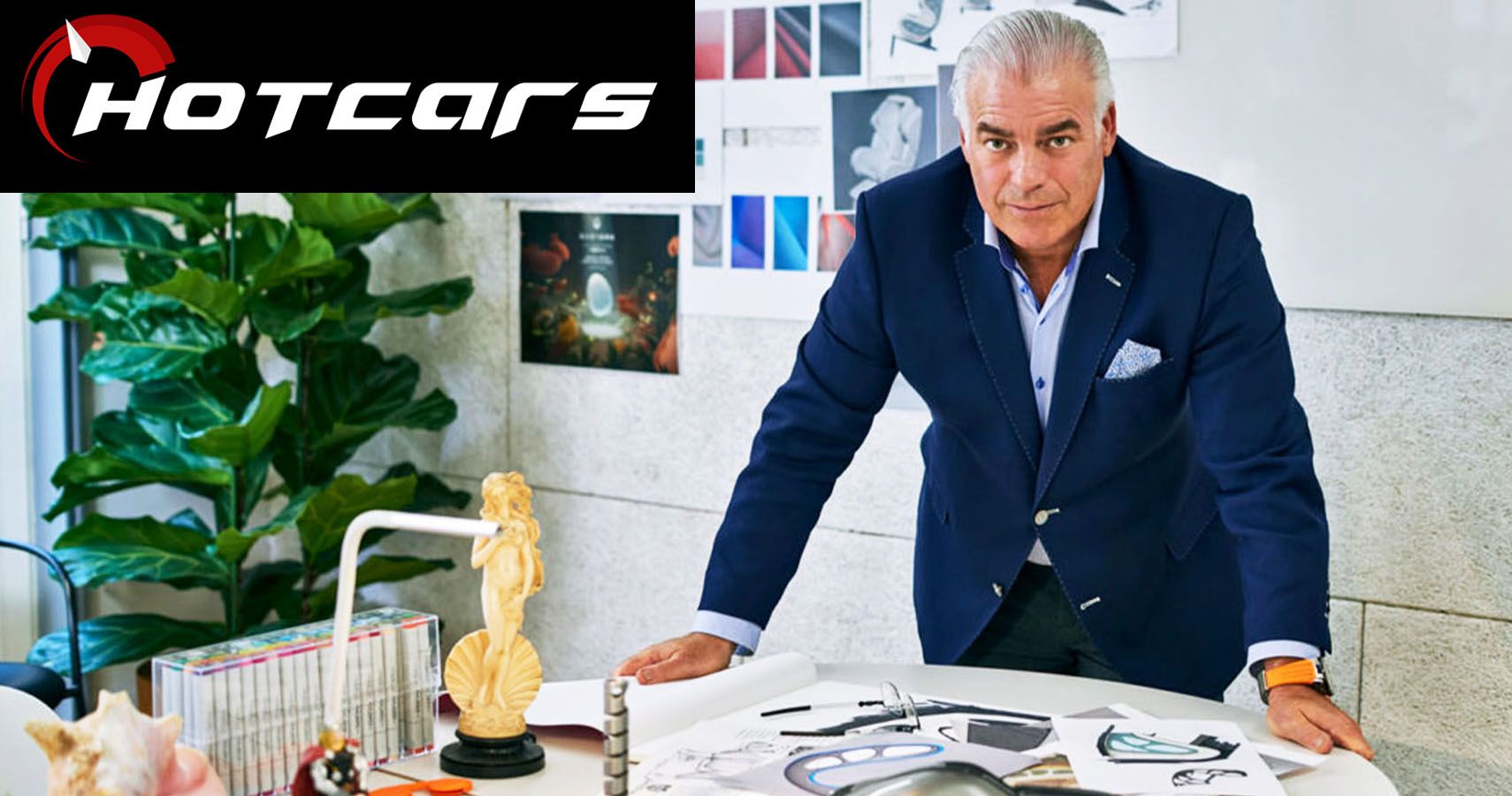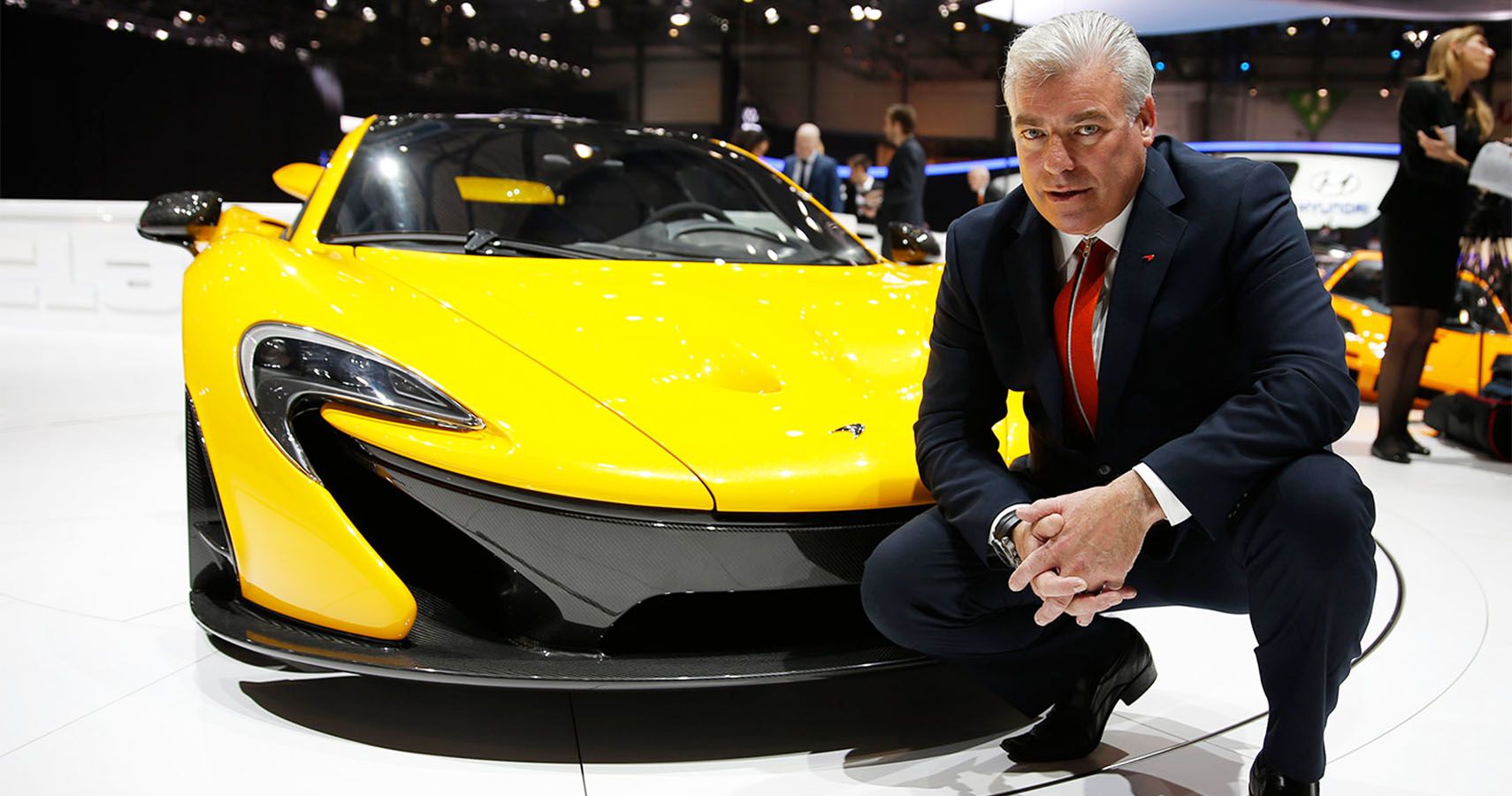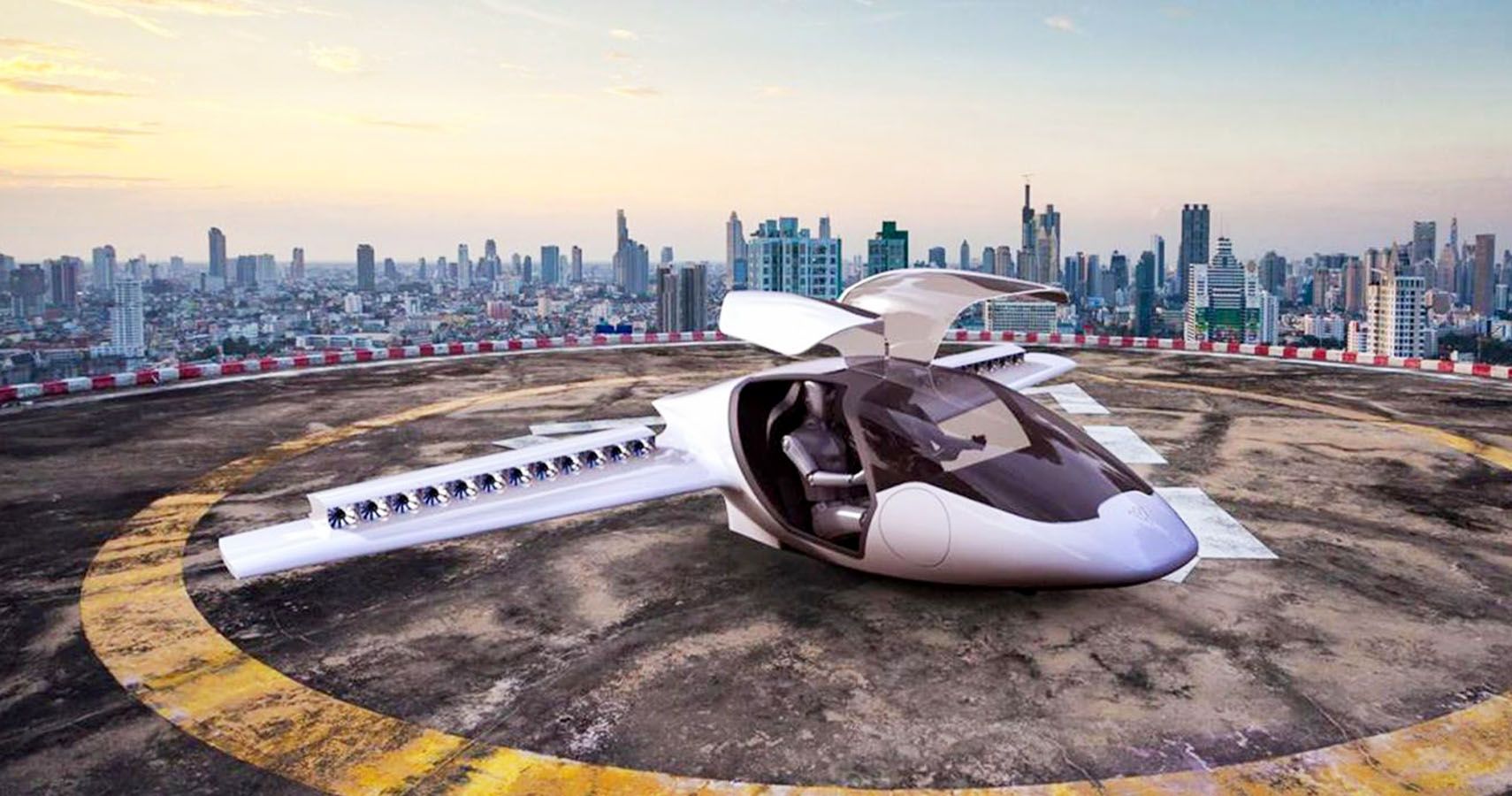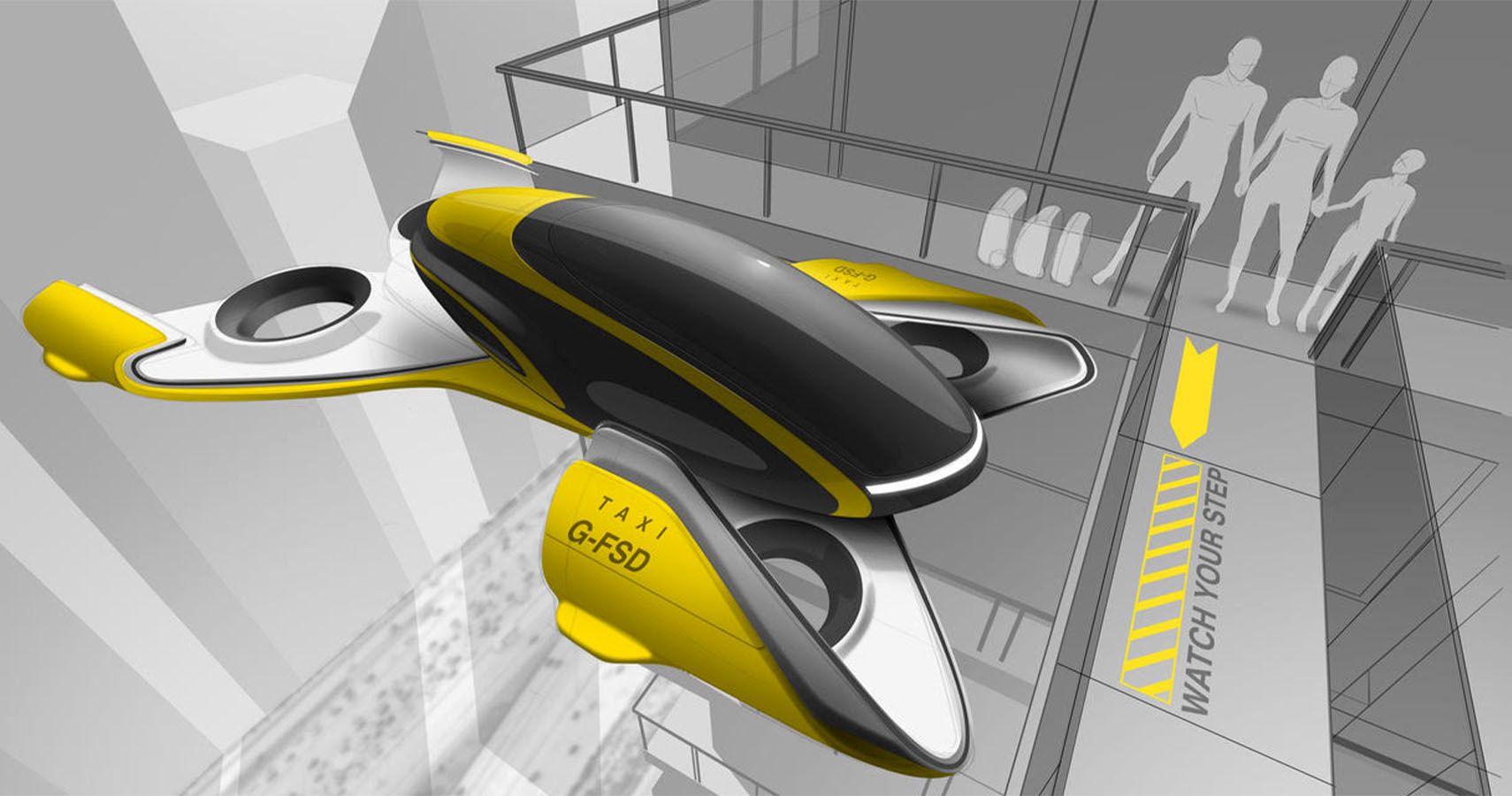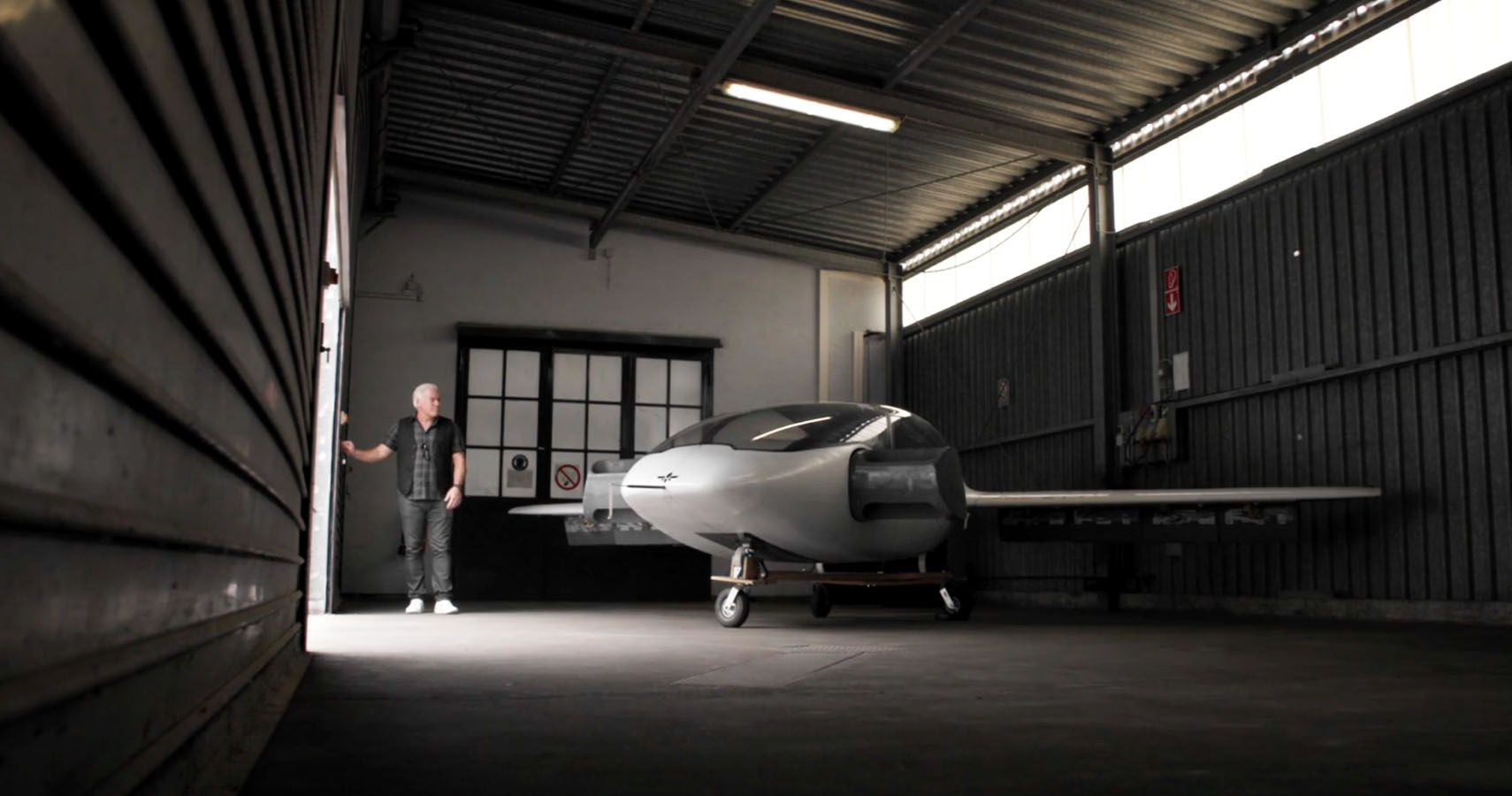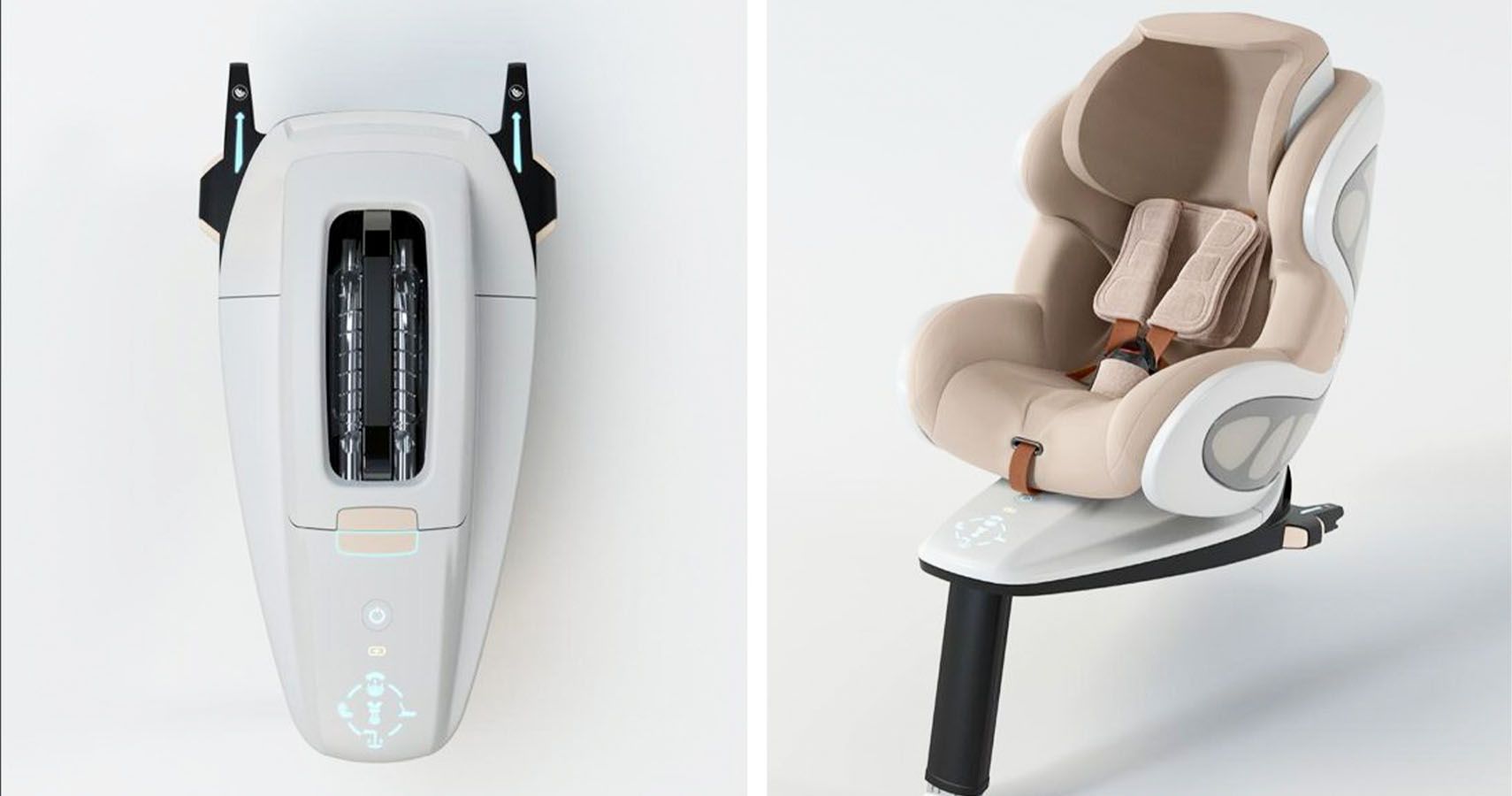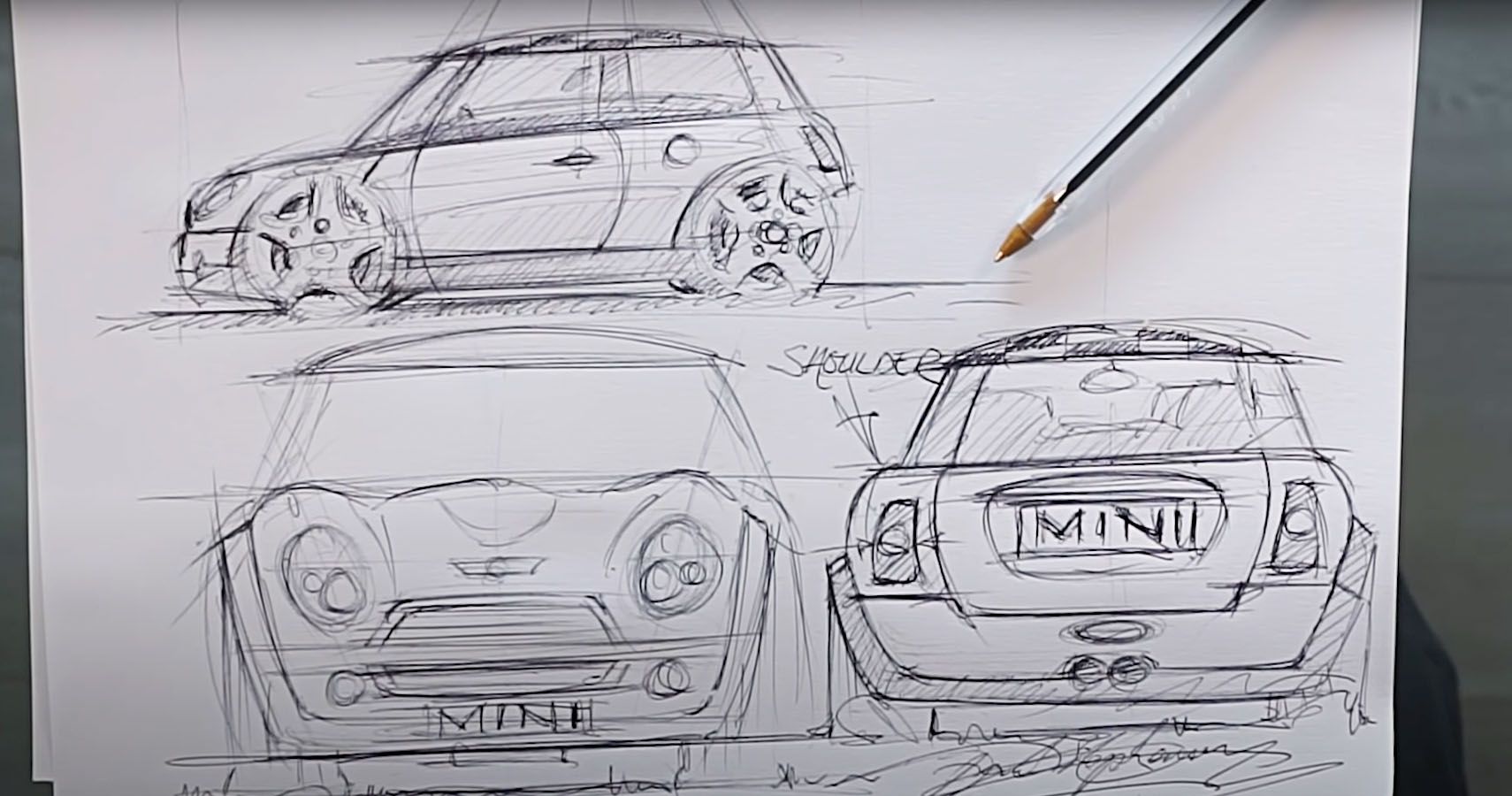Welcome to Part 2 of my interview with Frank Stephenson. Click back to Part 1 to learn more about how a kid who grew up in Morocco and Spain ended up racing motocross and then designing some of the world's most instantaneously identifiable cars, only to leave McLaren after establishing the racing firm's groundbreaking new supercar design language.
Since departing McLaren, Stephenson founded his own design studio and now releases regular YouTube videos revealing the processes behind his most famous creations—from the Ford Ecort RS Cosworth's iconic rear wings to the BMW X5, Mini Cooper, Fiat 500, Maserati MC12, and more—as well as critiquing other makes and models, both good and bad.
Outside of the YouTube series, Stephenson's career focuses on the future of mobility, including how electric vertical takeoff and landing (eVTOL) aircraft will soon tranform transportation as the next logical step for an industry currently enmeshed within today's simultaneous EV and autonomous driving revolutions.
Leaving McLaren (And Cars In General) Behind
Stephenson left McLaren after nearly a decade with the firm when he recognized that he'd likely spend the next 10 years endlessly refining the same cars over and over again. And though the original opportunity to work with a blank design slate sounded so good, especially in comparison to the established style at brands like Ferrari and Maserati, he believed that with only so many more years of solid designing left in his life, the time had come to focus on more accessible technology—or at least, the beginnings of technologies that could, one day, change the world.
"How many people will drive a hypercar?" Stephenson asked me, rhetorically. "It’s great to be able to design it but outside of the technology that eventually will cascade down to the normal cars, you’re not really doing good for society. Whereas this eVTOL project, where I saw it, this can easily be—done properly and safely and all that—the future of travel for kids of this generation."
The future of car ownership as we know it today looks pretty bleak, in Stephenson's view—not to mention much of the automotive industry, where long-term ownership simply doesn't fit into the equation. As that ownership future shifts, new conceptions of life and travel, in general, seem likely to rise.
"If you look ahead, all people want to do is have experiences. They don’t want to worry about accidents, insurance, resale values, maintenance, any of that. They just want to get from here to there. Of course, they’ll buy objects they like, but a car, if you think about it, devalues and is just huge headaches most of the time. So there’s a huge future in this direction of travelling. And then eVTOLs only bring good things: the electric technology, speed, comfort, excitement to travel, knowing when you’re going to get there exactly. All that kind of stuff packaged into this thing that’s gonna fly, that’s gonna take off vertically anywhere."
Contributing To The Sustainable Future Of Transportation
As we chatted about life in Los Angeles, where I have lived long enough to witness a climate shifting from dry and arid to year-round humidity (with parrots in the treetops of a tropical paradise, somehow), Stephenson repeatedly brought up the widespread issues of carbon emissions and internal combustion engines. He clearly believes in the future of electric motivation, while also staying cognizant of the fact that the cars themselves aren't even close to the only concern.
“We better get rid of all the carbon monoxide emissions quickly," he said, before adding, "Get rid of all the cows, that’s the big part of it."
The autonomous and electric vehicle technology, however, presents a huge range of challenges for designers, engineers, and industry leaders—especially post-pandemic, given the fact that the close physical proximity necessary for public transportation may prove difficult to sell. But for every potential problem that he's forecast for his eVTOL project, currently in development by a German firm called Lilium Air Mobility, Stephenson believes a solution exists.
"Everybody doubts it, they go, 'Ah, you know the minute one of those crashes, it's the end of the industry,'" he recounted. "That’s why they have to be safer than airplanes—and they won’t fly until they’re safer than airplanes. There are ways to do it, apart from a guy on the ground having a bazooka or a heat-seeking missile that would shoot anything down, you can find ways to make them super safe. Bird strike is an issue, bad weather is an issue, engines stopping is an issue, stability is an issue. So many things that could go wrong—there are solutions to all of that, if you’re open to that. And that just requires engineers that are gung-ho."
"There are solutions to everything. We’re not there yet but I’m sure there will be some very smart people in the future. They’re just kids right now."
Changing Minds And Lifestyles
Sheer logistics fit into the picture, as well, but the process of changing the public's conception of efficient, sustainable, sand safe transportation represents a massive portion of the work for companies developing eVTOLs, EVs in general, and autonomous driving technology.
"We’re not talking about 30 passengers, we’re talking about five or seven," Stephenson explained, "And you might even have a student or a grandmother sitting next to a business exec that is going from the city center to the airport on the fastest route, an eVTOL aircraft. So it has to be comfortable for the business exec, as well as for the grandmother, as well as for the student. It’s a classless kind of transport where everybody feels like they’re getting their money’s worth. Although it’s not even expensive—it’s no more expensive than an Uber and in a certain amount of time, it will be cheaper than an Uber because there’s no infrastructure, there’s just takeoff and landing pads.”
Significant lifestyle change fits into the mix for eVTOL development, too, as the nature of living in a city transforms because residents don't feel constrained by commutes, traffic, and proximity.
"These are going to be landing on hotel rooftops, they’re going to drop you off in the park," he predicted. "If you’re living in LA and saying, 'Let’s go up to Santa Barbara, let’s do lunch and back,' it only takes about an hour and costs as much as an Uber because you’re going 200 miles an hour. So all of a sudden your lifestyle becomes a lot larger, you’re not living in LA, although you work in LA. You’re living in a cheaper outer area because you can get into LA in ten minutes without any stress and it doesn’t cost that much."
A Chance To Get In On The Ground Floor
The burgeoning eVTOL industry needs designers like Stephenson onboard who can combine futuristic tech and a comfortable passenger compartment within an efficent and attractive exterior. For Stephenson, the eVTOL sector provided a chance to get in on the ground floor and personally establish the foundation for what he believes will, eventually, become a tranformative industry. And his personal passion for biomimicy, which showed up in multiple car designs but most famously on the McLaren P1 hypercar, also transfers well to aircraft.
Imagine, Stephenson told me, "Someone asking you to design the first car. You’d be stupid not to, if you had the ability and possibility to do it. Someone else is going to do it if you don’t do it. This is an opportunity to break into an area of design, plus these startup companies who are doing these things don’t believe that airplanes are the ultimate design."
Stephenson has long recognized that fish and other acquatic life essentially fly through water, a much denser liquid that therefore creates more resistance. But where natural selection, over millions of years and countless generations, slowly parsed out inefficiencies for sharks, eels, dolphins, and any fast-moving underwater species, an eVTOL's designer can immediately reject any pre-existing conceptions surrounding aircraft design and, essentially, start from scratch.
"The engineers, if you tell them that an airplane only looks like an airplane because it’s an engineer saying it needs to have a fuselage and two wings, well, that’s not really the most efficient shape that you can come up with for flying. The most efficient shape is, aerodynamically, a fish. The first one I did, it doesn’t look like an airplane or a bird, it’s more a hammerhead shark blended to a manta ray body, because that’s nature’s design. It’s elegant, it’s stylish, and it works even better aerodynamically."
Military-Grade Baby Seat Technology
Other than eVTOL aircraft, Stephenson also recently designed a new baby seat that uses military technology to bring an outdated industry up to modern standards. Apparently in the United States, as he told me, regulations for baby-seat safety remain essentially unchanged since the 1970s.
“It’s going to be the safest infant car seat on the market by a long shot," Stephenson predicted, "Close to 70% safer than the safest baby car seat on the market. It uses military-grade technology. It’s called a blast seat, so when you have an explosion, typically it would injure the people inside the armored vehicle. A device has been developed that will absorb a lot of that energy from the blast. And so, going from military use, now the idea is to bring that into the civilian world, and where better than in baby car seats, where development has stalled or stagnated, especially in the US, since the 1970s. Come on! Since 1970, we’ve discovered new materials, technologies, and so this new seat is based heavily on first, cutting-edge technology that’s optimized for absorbing high impact”
"If we can bump up the safety level of that, which incredibly, we’ve been able to do by a large amount, these will make you feel guilty if you don’t buy it for your most precious possession," he said. "They look really cool, a lot of high-tech materials in there. Kind of expensive but the way it's coming to market is so that anyone can buy it. You don’t have to buy it all outright if you don’t want to own it for longer than you have a baby. It’s got smart technology, so if it’s been in an accident, you give it back to the company and we know it’s been in the accident, it’s refurbished and resold. So it’s a sustainable economy-type product.”
Stephenson's Other Current Projects
Stephenson's other current projects include watches (more military tech that can survive land, sea, and space), smart glasses ("Google did it a few years ago but they did it wrong"), and modular homes, plus a few projects he couldn't reveal at all.
Perhaps the most newsworthy tidbit, which I need to keep mostly off the record, involves another effort in partnership with SpaceX that will hopefully continue to change the hearts and minds of those who might still doubt the performance of EVs, eVTOLs, and autonomous-driving software. Suffice to say, it's a pretty big stunt, even for a guy like Elon Musk who has become so well-known for some pretty big stunts.
In the meantime, perhaps none of us should feel surprised that Stephenson, who grew up racing motorcycles, left the automotive industry and cars, in general, behind. Of course, I had to ask, given that he's designed everything from commuter cars to hypercars, what he currently owns and drives. The answer still came as a bit of a surprise.
"I do drive a car—but it’s not mine," he replied. "It’s my wife’s and that’s what I use to take my two dogs around. It’s like an old pair of blue jeans, I don’t care if it gets scratched. It’s an old Defender, it’s been through the mill.
"I’m a biker. I like cars but I’m not mad about cars. For me, the whole joy of cars is designing them to look awesome and ageless, as long-lasting as they can, so they endure and become still desirable after they shouldn’t be desirable anymore. But that road-emotion connection for me is purely through a superbike. How much closer can you get to speed, wind, that rush, that adrenaline kick, that effort that you’re putting into it? Nowadays, cars just do everything for you."
For Stephenson, the next transformative step in transportation boils down to pioneering new technologies until they feel just as familiar as that old pair of blue jeans. And given all his decades at the vanguard of the auto industry, when Stephenson focuses on the future of eVTOL aircraft, I'd say keep an eye out.
Sources: youtube.com, frankstephenson.com, mclaren.com, and lilium.com.

